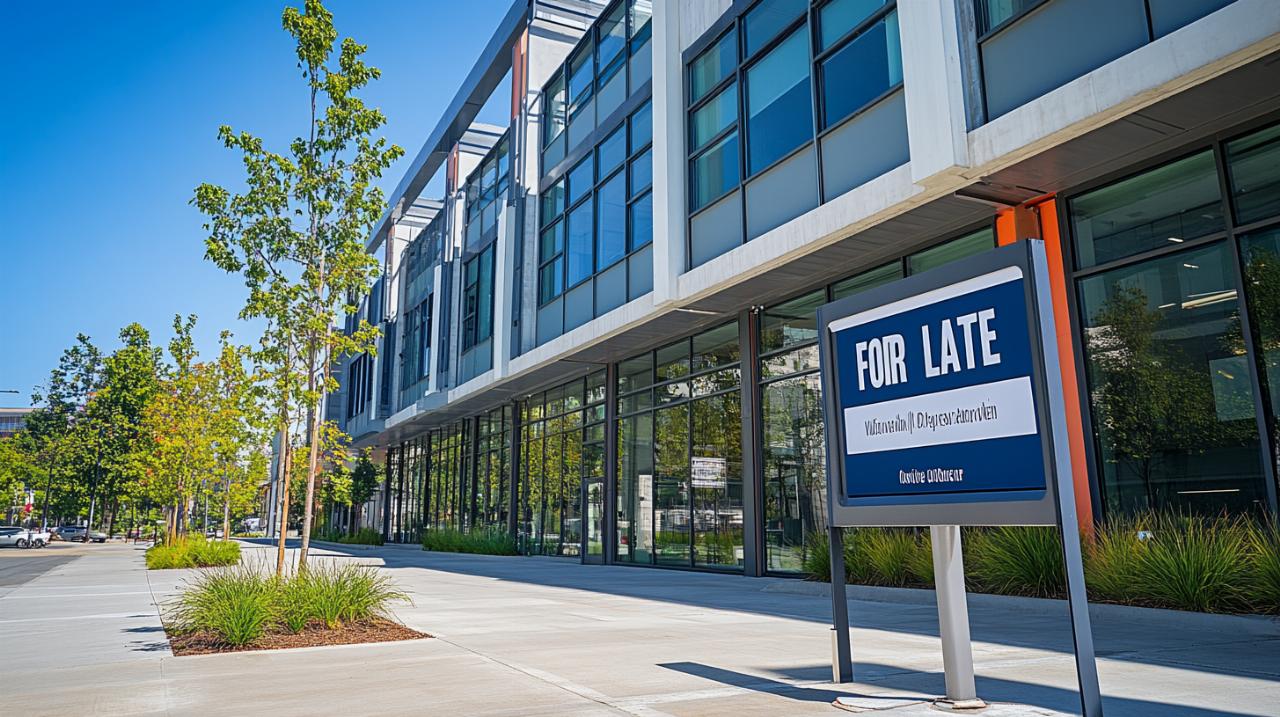Conseils d'experts pour tous vos projets

- Design intérieur

- Conception de bureau
Actu
Les 7 Outils Essentiels du Syndic Bénévole pour une Gestion Efficace de Copropriété
La gestion d’une copropriété par un syndic bénévole nécessite une organisation rigoureuse et des outils
Comment déclarer les intérêts intercalaires lors de votre prêt immobilier : Dates et démarches
La déclaration des intérêts intercalaires représente une étape fondamentale lors de l'acquisition d'un bien immobilier

Assurance
Découvrez tout ce qu’il faut savoir sur l’assurance immobilière, avec des conseils pour bien choisir et
comparer vos options. Protégez votre investissement et optimisez votre couverture.

Comment assurer une maison en indivision ? Guide pratique pour les copropriétaires
L'assurance d'une maison en indivision requiert une approche spécifique, car elle implique plusieurs propriétaires partageant

Le bail commercial : Les 10 points essentiels pour anticiper les changements de PLU
Le bail commercial constitue un engagement fondamental entre le bailleur et le locataire. Cette convention

Réglementation pour la vente d’un terrain agricole : Guide complet des démarches 2024
La vente d'un terrain agricole s'inscrit dans un cadre réglementaire spécifique, différent des transactions immobilières
Déménagement
Guide pratique des zones résidentielles où trouver un appartement pas cher à Genève
Genève, ville bordée par le majestueux lac Léman, attire de nombreux habitants à la recherche
Comment trouver facilement des bureaux à louer à Paris : Les conseils d’experts en immobilier commercial
La recherche de bureaux à louer à Paris représente une étape majeure dans le développement
Financement
Explorez nos guides de financement pour acheter, investir ou rénover en immobilier.
Découvrez les solutions adaptées à vos besoins pour concrétiser vos projets en toute sécurité.
Immo

Dans un secteur immobilier en constante évolution, rejoindre une franchise représente une option stratégique pour…

La réalisation d’un livre photo professionnel constitue un atout majeur pour mettre en valeur vos…

La visualisation des annonces immobilières sur une carte à Paris révolutionne la recherche de biens….

Le choix d'une maison représente un investissement majeur dans une vie. Face aux différentes options…
Investissement

Investir dans l’immobilier professionnel : les avantages fiscaux à connaître en 2023

Comment investir en immobilier européen avec une fiscalité avantageuse

Les avantages de choisir une imprimerie en ligne pour vos supports marketing

Acheter un appartement ou une maison au Portugal : guide complet pour finaliser son achat
Location
Que vous soyez locataire ou propriétaire, retrouvez nos conseils et ressources pour réussir la location d’un bien
immobilier. Informez-vous sur vos droits, obligations et les bonnes pratiques.

Comment obtenir une attestation de valeur locative ? Procédure simplifiée pour les propriétaires
Dans le monde de l'immobilier, divers documents permettent aux propriétaires de gérer efficacement leurs biens.

Votre séjour d’exception : les plus belles villas de luxe en Martinique
La Martinique, écrin paradisiaque des Caraïbes, invite les voyageurs à découvrir ses villas d'exception. Ces

Où télécharger un modèle de contrat de location entre particuliers fiable pour votre box ?
La rédaction d'un contrat de location sécurisé nécessite l'utilisation de documents officiels et à jour.
Travaux
Un phare pour y vivre : les solutions design pour optimiser chaque niveau habitable
Transformer un phare en habitation représente une aventure architecturale fascinante. Ces structures maritimes emblématiques offrent
Comment créer et imaginer un plan pour sa maison moderne : les tendances 2024
La création d’un plan de maison moderne en 2024 représente une démarche passionnante qui allie


